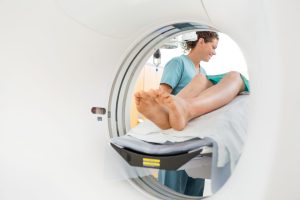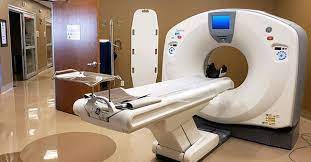
Magnetic Resonance Imaging (MRI) is a medical imaging technique used to visualise internal structures of the body. It uses a strong magnetic field and radio waves to generate images of the body’s internal organs and tissues.
MRI can be used to diagnose a variety of foot conditions, including fractures, ligament injuries, tendon injuries, arthritis, tumours, and nerve injuries. It can also help identify soft tissue injuries that may not be visible on X-rays.
Before an MRI scan, you will be asked to remove any metal objects, including jewellery and clothing with metal zippers or buttons, as the magnetic field can cause these items to move or heat up. You may also be asked to change into a hospital gown. The MRI machine is a large, tube-shaped scanner that you will lie in. During the scan, you will need to remain still so that the images are not blurred. The procedure is painless and usually takes between 30 minutes and an hour.
After the scan, a radiologist will interpret the images and send a report to your healthcare provider. The report will include any findings and recommendations for further testing or treatment.

